Artists see big picture in CBD's art zone
Updated: 2013-11-08 00:02
By Chen Nan (China Daily)
|
||||||||
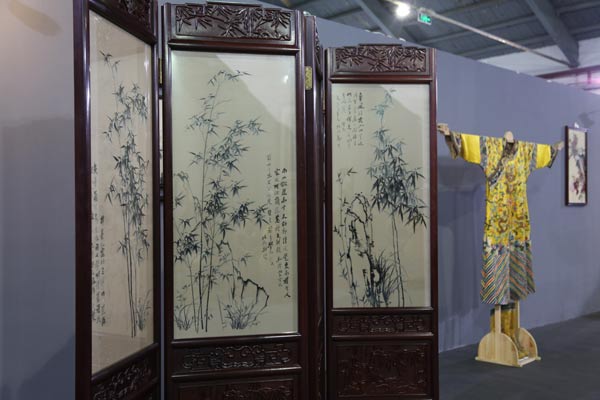 |
|
A folding screen and an emperor’s robe, which were made using the kesi technique, a traditional Chinese silk-weaving method, are on display at Langyuan Vintage Creative Art Zone in Beijing. Provided to China Daily |
When Jin Yiting set out to open a studio in Beijing, making and selling her handmade kesi artwork, she planned to choose an old warehouse on the outskirts of the capital which would not cost too much.
However, she set up shop in a glamorous business district where sharp suits, rather than paint-stained artists' smocks, are more in fashion.
Jin opted for the Langyuan Vintage Creative Art Zone, which is located in Guomao, the Central Business District of Beijing.
The zone covers nearly 30,000 square meters and was opened two years ago. It used to be the location of a 1970s pharmaceutical warehouse.
Now it is home to many creative companies where architects and designers mingle in its restaurants and coffee shops.
Kesi is a traditional Chinese silk weaving technique, which originated in Suzhou, Jiangsu province, and became established in China as early as the Han Dynasty (206 BC-AD 220 ).
It was used to weave robes for royal families and the tapestries incorporated golden thread into intricate patterns. Like many traditional artforms, it is making a comeback.
Jin, 43, was invited to open a studio at the zone free of charge and her work is on display as part of the ongoing Langyuan Vintage Art Festival, which will run through the end of November.
Jin, who came from Xuzhou, Jiangsu province, started making kesi with her grandmother. The skill and knowledge behind her work has been handed down from one generation to another.
"One of my customers, who works in Beijing's CBD area, is very interested in kesi.
"She said that this ancient art technique deserves a bigger platform and should be known to more people."
Then the customer introduced Jin to Zhao Chunyan, the vice-general manager of Beijing Capital Land, an investment holding company, who invested in the zone and has been running the project since 2009.
According to Zhao, the zone is home to around 60 companies and they offer artists special deals, including free rental, promotion and marketing.
Her goal is to promote culture-related companies, such as independent Chinese designers and website firms, according to Zhao.
"Artists are receiving more and more attention in China, but bringing their techniques to a wider audience is still a problem. We want to help them," Zhao said.
She learned that Jin had less than 20 women working for her, ranging in age from 40 to 50.
It usually takes years to complete a single piece of Kesi work.
"Hours of working to such precision can damage the eyes, so usually a crafter has to retire around 50. The work also requires immense concentration and that can be difficult for young people," Zhao said.
"But we will help Jin figure out a way to solve the problem, like giving young people who are interested in kesi free training courses, and for those who have the talent we will offer them jobs. Those are all on the agenda."
Beijing's CBD is obviously an island of commerce and Zhao said that the zone offers white-collar workers and their high-end clients a cultural corner to relieve the stress of the commercial world.
The renovation work to establish the zone cost more than 80 million yuan ($16 million).
The zone, according to Zhao, while not as big as the more established 798 zone, distinguishes itself from others thanks to its location.
It is a special place where you can feel the buzz of the city, Zhao said.
Now in its second year, the Langyuan Vintage Art Festival was launched by the Los Angeles-based Theater Movement Bazaar who put on Anton's Uncles, an adpatation of Anton Chekhov's Uncle Vanya.
Jin's kesi exhibition also highlights intricate woodcut paintings by artists living in the Gaobeidian area of eastern Beijing.
Contemporary Chinese sculptors Qu Guangci and Xiang Jing, who have studios in the zone, are also displaying their works.
"When we were starting off, some electronic companies and banks came to us, hoping to open branches here. We turned them down. Yes, there was a financial loss, but we are glad that we did that," said Zhao.
"Our goal is clear. We want to attract more culturally related organizations and hold more cultural events, like art festivals."
chennan@chinadaily.com.cn
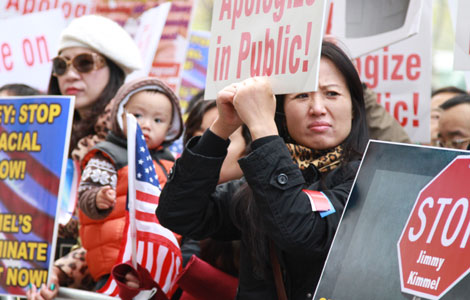
 Chinese Americans protest Kimmel joke in NYC
Chinese Americans protest Kimmel joke in NYC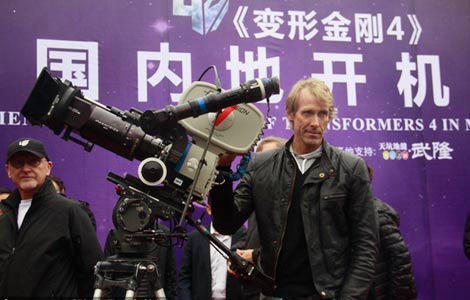
 Brand China in leading role on Transformers set
Brand China in leading role on Transformers set
 Super typhoon Haiyan slams into Philippines
Super typhoon Haiyan slams into Philippines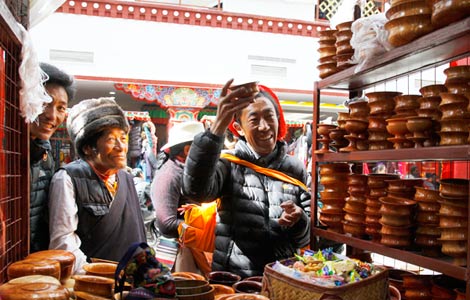
 Market moves to modern mall as Lhasa safeguards the past
Market moves to modern mall as Lhasa safeguards the past
 In small-town China, movies are big
In small-town China, movies are big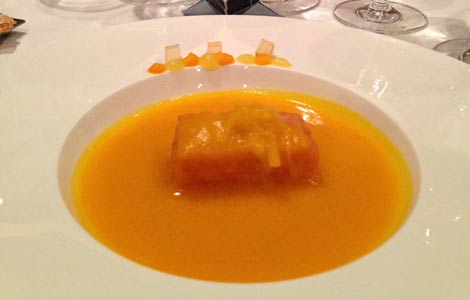
 A gathering of gourmets
A gathering of gourmets
 50 arrested at LA protest over Wal-Mart wages
50 arrested at LA protest over Wal-Mart wages
 Kerry to join Iran nuclear talks in bid to reach deal
Kerry to join Iran nuclear talks in bid to reach deal
Most Viewed
Editor's Picks

|

|

|

|

|

|
Today's Top News
US Oct jobless report paints dim picture
Obama's approval rating plunges to 41%
China's discipline agency targets holiday luxuries
Chinese land reform at crucial stage
Senior official at Cosco under investigation
Li appoints advisers to key govt think tank
Taxi driver is lone suspect in Taiyuan bomb blasts
Iran talks aim to close ' important gap': Kerry
US Weekly

|

|






